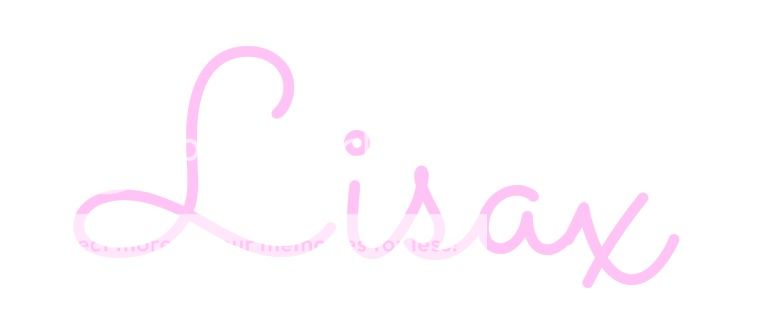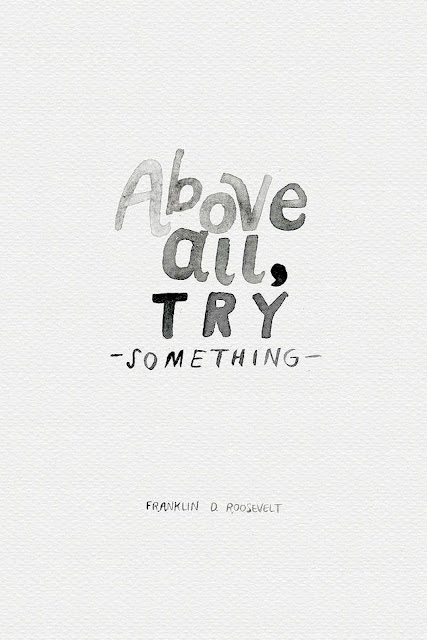A friend was taking part in Live Young Bootcamp's detox program, which saw her completely detoxing for a week and then learning to eat clean over the following month. She said she seemed to have so much energy whilst doing the program and thought it might be worth a try for me. I decided to use it as my motivation to get more on track with my eating and so in August I began my first month.
I have to say that once I get my head in the right place I can stick to these type of programs. The hardest part for me was finding the energy to make the food I needed to as we weren't allowed anything ready-made, it all needed to be fresh. I did find that I had more energy and felt better in myself once I was on the program, and for the first time in years I didn't have headaches constantly. Whilst I haven't stuck to the diet as strict as some may do, it has made me realise I need to make sure I eat three meals a day and not snack on junk if I want to fell better. I am also making a conscious effort to get more fruit into what I eat.
With all this in mind, I've put together a few tips to help you manage your diet, as when you are tired and lack motivation it can be a vicious cycle and hard to get started.
1. Set yourself a date when you will begin and plan it all out. I used a planner to write down my foods for each day, and then my husband went to the supermarket and got in everything I needed. I am fortunate that Mr H does the evening meals and was happy to eat what I was eating, so that was one meal I didn't need to prepare.
2. Find meals that don't need too much preparation. Often the chopping and dicing is the hardest part of the whole process, so I tried to think of meals that didn't need a lot of this. If I couldn't get around it we bought pre-prepared vegetables that were done and I could just throw in, which made it so much easier, and I also used microwaveable rice which saved a lot of effort on my part.
3. Have snacks ready to eat. I learnt throughout the process that you need lots of protein in your diet rather than carbohydrates. I kept things like nuts and sliced meats around so whenever I felt low on energy I could have a healthy snack that would pick me up, and it worked.
4. Drink lots of water. We are told this all the time but it really is important, and something I am constantly having to tell myself. I learnt that a lot of my headaches are from dehydration and that I need to make sure I have enough liquid throughout the day, whether this is from water, juice or hot drinks.
5. Get your head in the game. Nobody else can do this but you and it may seem like an overwhelming challenge, but I told myself I wanted to get better and I had to try everything. A blender was a godsend for me to get fruit into my diet easily and I often have a smoothie for breakfast and then something more substantial like toast or nuts.
If you are looking for some food ideas, I have a lot on my clean eating pinterest board which my inspire you to get going. Best of luck, you can do it!













